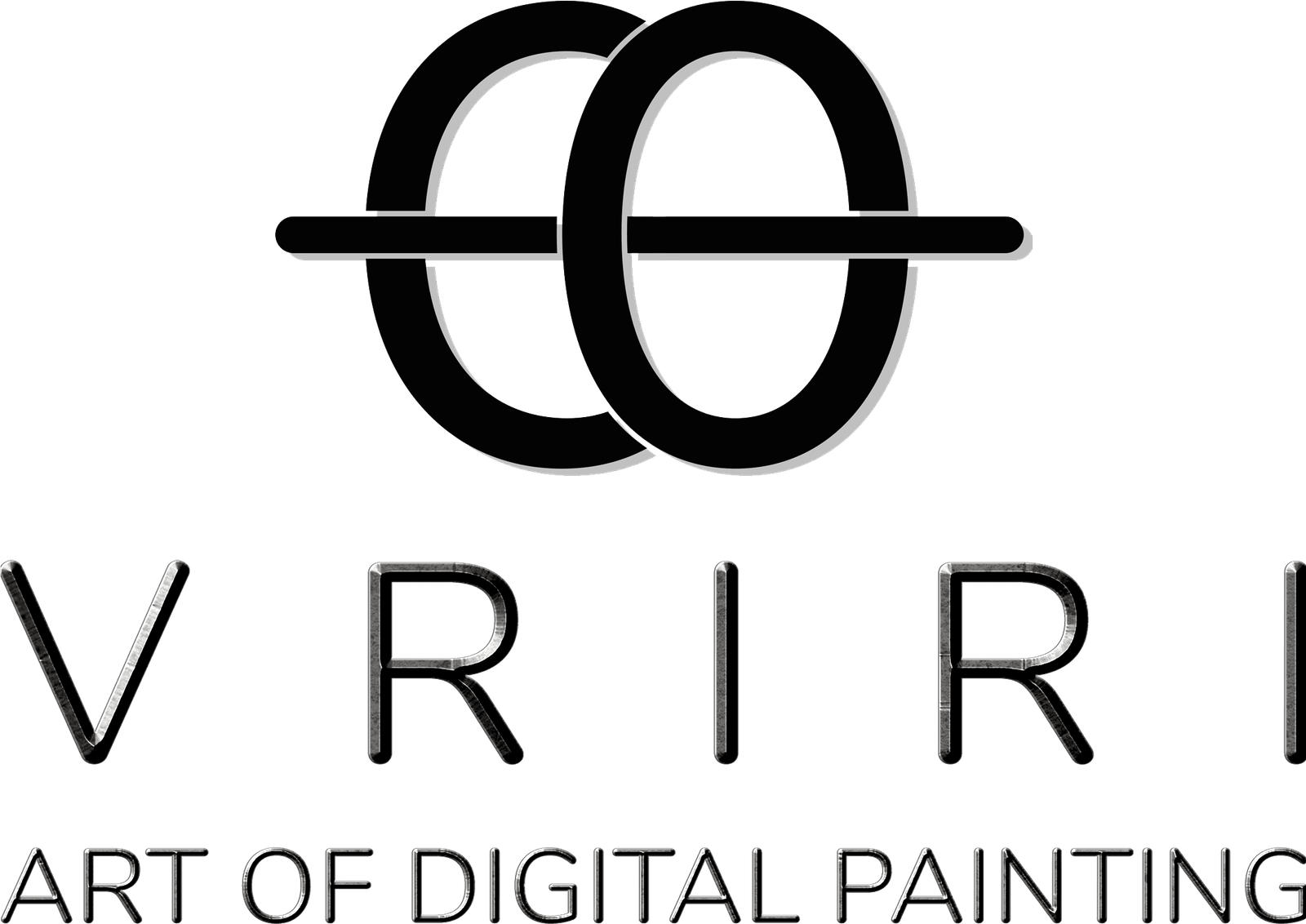The Vision
Vision – Values and Experiences shape Perception and Artistic Expression.
There is more to vision than simple sight; it is a filter that moulds, transforms, or reveals significant value. In the context of creative work, perception reveals itself in a number of different ways. Vision is not a passive sense; rather, it is shaped by the things that we hold dear and the experiences that we have had; it is a vessel of perception that functions as an instrument. In other words, the vision is comprised of what is chosen to be seen, how it is chosen, and the reasons why it is seen in that particular manner. Thus, Value and Experience are the two forces that are responsible for contributing to the formation of perception.
The act of seeing is more than just the act of seeing; it is a filter that shapes, changes, or discloses substantial worth. In the context of creative efforts, perception can be seen to present itself in a variety of different ways.
The ability to see objects, colours, and textures in their exact form is referred to as physical vision.
The use of vision as a metaphor to convey realisation, revelation, or the truth is referred to as symbolic vision. Take into consideration the “third eye” in Hindu and Buddhist traditions, which is a symbol of spiritual awareness that extends beyond the realm of physical sight.
“Compositional Vision” refers to the internal blueprint of the artist, which is how they envision and organise a piece of work. Aspects like as viewpoint, focal points, and emotional rhythm are included here.
The cultural surroundings in which an artist was raised has a significant impact on the way that artist perceives the world. Traditional Indigenous art, for instance, frequently employs visual storytelling as a means of preserving ancestral information.
With regard to the work that we perform at VRIRI, this is reflected in the cosmic top-down viewpoints and emotionally charged compositions that we create. Vision is not merely a tool; rather, it is a philosophy with the art of VRIRI.
The Influence of Experience and Values on Vision
The journey of creating awe-inspiring digital art begins with a spark of inspiration, ignited by various elements that resonate with the artist. Nature remains a perennial muse, offering an endless array of colors, textures, and forms. The rhythmic flow of a river, the intricate patterns of leaves, or the vastness of the night sky can evoke profound emotions and ideas. Similarly, an artist’s personal experiences and emotions—joy, sorrow, fear, and hope—serve as powerful catalysts, driving the creation of visually compelling narratives.
Moreover, digital artists often draw from an eclectic mix of influences, blending contemporary art styles with classical techniques. Exposure to different forms of art—be it music, literature, or painting—can significantly shape an artist’s vision. Additionally, peer feedback and community engagement play a critical role. Forums, social media, and art communities provide spaces for artists to share their work, receive constructive criticism, and stay abreast of evolving trends. This interactive dynamic not only refines their technique but also sparks fresh ideas, pushing the boundaries of digital artistry.
The pathway from conceptualization to the final piece is marked by meticulous planning, unwavering dedication, and an emotional journey. Artists often start with a rough sketch or mental image, gradually refining it through various iterations. Each brush stroke and pixel placement are infused with the artist’s vision, culminating in a piece that reflects their inner world. The emotional connection between the artist and their creation is profound; it is this bond that breathes life into the digital canvas, making the art resonate deeply with its audience.
Technological advancements have further revolutionized the creative process, offering new tools and techniques that were previously unimaginable. From advanced software that mimics traditional media to innovative hardware like tablets and styluses, these developments provide a broader palette for artistic expression. Artists are continually experimenting, blending traditional methods with modern technology to craft intricate, beautiful digital art.










